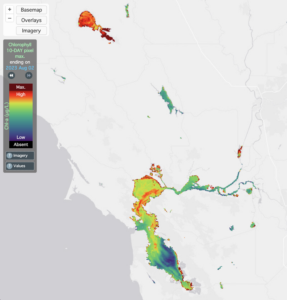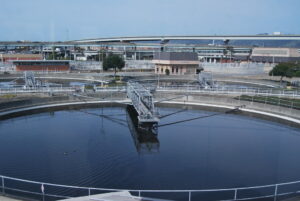This past October, we reported on a landmark plan to preserve and restore the subtidal habitats of the San Francisco Bay — thousands of acres that sit mostly out of sight and out of mind below the surface of the Bay. In late January, the Final San Francisco Bay Subtidal Habitat Goals Report addressing this plan was released.
Subtidal habitat is crucial to the Bay’s health for many reasons. Bay ecosystems — including rocky areas, places with muddy or sandy bottoms, shellfish beds, seaweed beds, and even some human-made structures — provide habitat for hundreds of species of native plants and animals, from obscure worms in Bay mud to 10-foot sevengill sharks to sea lions and even harbor porpoises.
So the biodiversity of the Bay rests on the health of its subtidal habitats. But the threats those habitats face are numerous.
So how exactly does this report help the Bay’s threatened ecosystems?
“Now there is mapping information, descriptions of each habitat and its function, and recommendations of how to move forward for protection and restoration,” says Marilyn Latta, who managed the project for the state Coastal Conservancy. “This is the first time this information has been compiled for the subtidal regions of San Francisco Bay.”
The report lays the groundwork for actions to be taken that can prevent further degradation, restore damaged subtidal habitat, and actually boost the amount of native habitat in the Bay.
But the effort to mend the Bay’s ailing subtidal habitat is just beginning. “This is the first step, getting the report out,” says Latta. “Now we hope that resource managers and researchers will implement the report’s recommendations.”
Those recommendations take the form of 263 goals, objectives, and actions to improve the state of San Francisco Bay.
That’s a lot of work, but all those to-do items also come with a planning horizon of 50 years. So don’t hold your breath waiting for an eelgrass bed to instantly sprout off the Albany Bulb.
And as first steps go, this is a pretty solid one. “This [report] was a great effort between federal and state government, local researchers, and nonprofits,” says Latta.
So, while it may be a slow process, the protection and restoration of the Bay’s subtidal ecosystems is most definitely underway.

.jpg)



